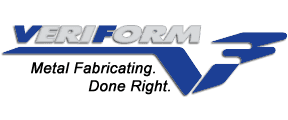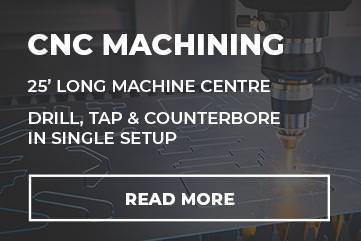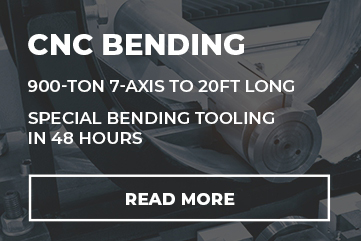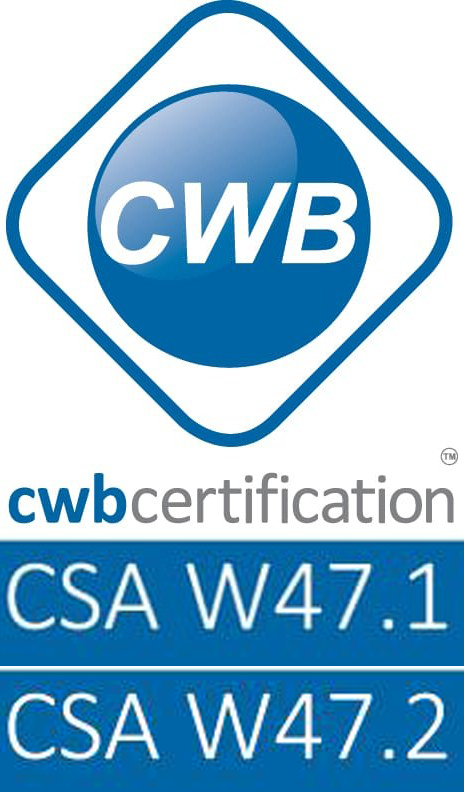News
Welding Guide
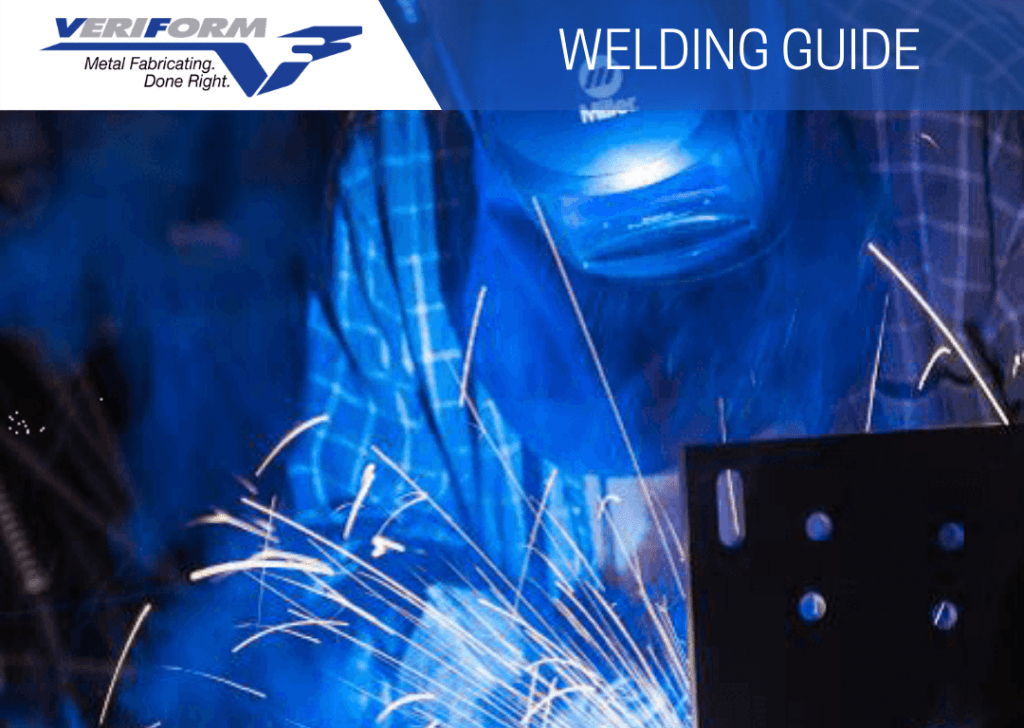
The process of joining two or more metal parts together is called welding. Although most welding is done on metals and thermoplastics, sometimes it is done on wood too. The fusion of the components is done by applying pressure and heat. Many different types of welding processes include shield metal arc welding, gas tungsten arc welding, gas metal arc welding, and pulsed gas metal arc welding. This welding guide will cover everything there is to understand about welding and the different types.
What Is Welding and What Are the Types?
The first thing to understand in this welding guide is the definition and process of welding. Welding is a type of fabrication of metals and thermoplastics where heat is used to meld two or more parts together permanently. These parts are completely fused when the components have been cooled down. During the welding process, the base metal is melted, and a pool of molten material is created with the help of filler material.
The metals joined together are called parent material or base metal, and the material used to form the joint is called a consumable or a filler. The filler chosen can be the same material or similar to the parent material. Many different energy sources are used, including gas flames, electric arc, laser, friction, electron beams, and even ultrasound. Welding parent material together can be done through various joint configurations. These are the butt joint, T-joint, edge joint, corner joint, cruciform joint, and lap joint.
Welding is done through various processes, including arc, friction, laser, electron beam, and resistance. However, arc welding has become one of the most preferred methods in today’s times. We will discuss it in detail in this welding guide. Arc welding uses an electric arc to produce the heat that melts and joins the two-parent material. An AC or DC power supply is used to create heat that melts the metal. The different types of arc welding are:
- Shield Metal Arc Welding: Shield metal arc welding or manual metal arc welding, or stick welding is one of the most used processes. In this process, an arc is fixed between the flux-coated electrode and the base material. Both of the pieces melt with the heat, and a weld pool of metal is created. The flux coating on the electrode also softens and forms slag plus gas that acts as a protective barrier for the weld pool against the atmosphere. Using shield metal arc welding, one can fuse ferrous metals such as aluminum and steel as well as nonferrous ones.
- Gas Tungsten Arc Welding: The gas tungsten arc welding uses a non-consumable electrode that is used to create a weld between the two base materials. This technique uses a tungsten electrode to make the arc, and once the base material is fused, the inert shielding gas is produced to protect the molten pool from the atmosphere.
- Gas Metal Arc Welding: Gas metal arc welding uses a consumable metal inert gas wire electrode which is fixed onto the workpiece metal. The MIG wire heats the base metal and causes the weld pool. A shielding gas produced from the welding gun protects this weld pool from corrosion and other atmospheric contaminants.
- Pulsed Gas Metal Arc Welding: Pulsed gas metal arc welding is a technique that uses lower heat to make very precise welds between the two parts. Both heat-sensitive aluminum and steel metals can be welded with the help of GMAW-P. This technique allows precision to control the arc, leading to faster filling and better weld durability.
Finding The Right Welding Company
Welding fabrication can be used to shape and mold metals into a variety of shapes. However, the durability of these welded products depends on the work of the welding engineer. Welding technology has improved drastically throughout the years and is now available for a wide variety of metals. Finding good welding services can sometimes be a challenge.
The welding engineer, as well as the team, should be experienced and skilled. Companies such as VeriForm have over 20 years of experience along with good customer feedback. Finding a company with experience, skill and appraisal always mean that you will get quality work. Always research the reputation of a company before handing off your projects to them. For a welder to be qualified, they need CWB CSA W47.1 certificates just like every employee at VeriForm has. Experienced engineers can advise you on the different techniques that can be used for your product and create the most durable welds.
Learn More At VeriForm
This welding guide has covered the basics of everything you should know about welding and how you can find a good welding company. VeriForm is one of the best companies that provide welding services for industrial as well as housing projects. You can visit VeriForm to find more about other services and rates. It is important to note that if you want to ensure the welding’s durability and quality, you should always employ experienced and trained professionals to do the job. If you have any other welding inquiries that you would like to discuss with a member of the team feel free to contact us.
